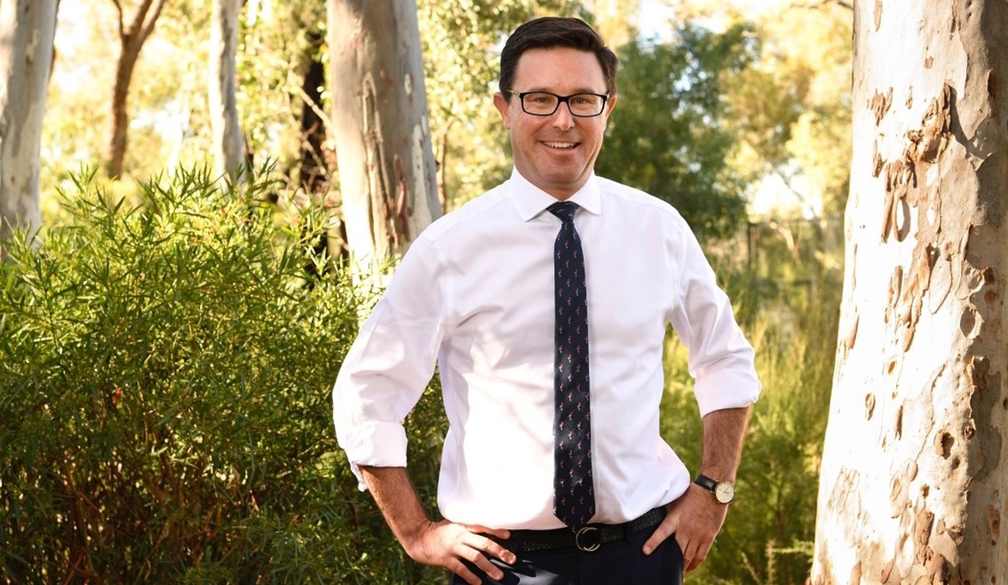Leader of The Nationals David Littleproud Statement on Barnaby Joyce
- Written by Times Media

Barnaby Joyce’s decision to join One Nation is disappointing.
One Nation is a party of protest, not a party of government.
Our regional representatives need to be able to get things done in government and that can only happen as part of a Coalition.
Today, Barnaby’s decision breaks the contract he made with the people of New England at the 2025 Federal Election.
It is disappointing for the people of New England and disappointing for the loyal National Party members who worked day and night volunteering to support him.
The Nationals supported Barnaby through many difficult times, including during his darkest moments.
Barnaby has chosen to turn his back on The Nationals and on his electorate and instead join a party of protest, which is never able to achieve anything other than headlines.
I have never had a personal issue or problem with Barnaby Joyce. This issue is about Barnaby wanting to be the Leader of a party.
The Nationals will continue to fight for regional Australia and work as a team to achieve real outcomes for local communities.
We are getting on with campaigning to abandon Net Zero and deliver The Nationals’ Cheaper, Better, Fairer energy and climate plan.
Our focus is always on the needs of the people and communities who provide us with the great honour of representing them and regional Australia in the Australian Parliament.




















